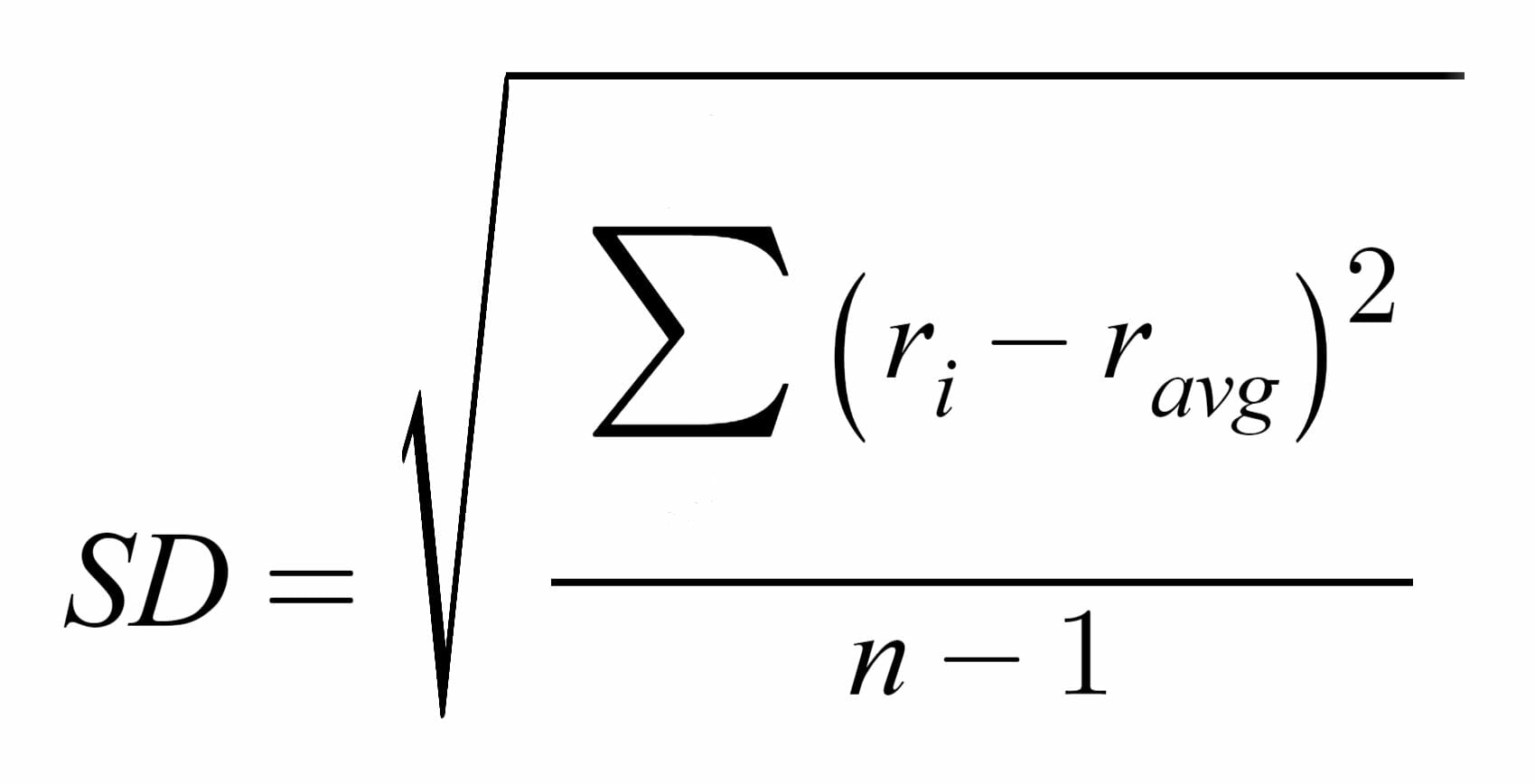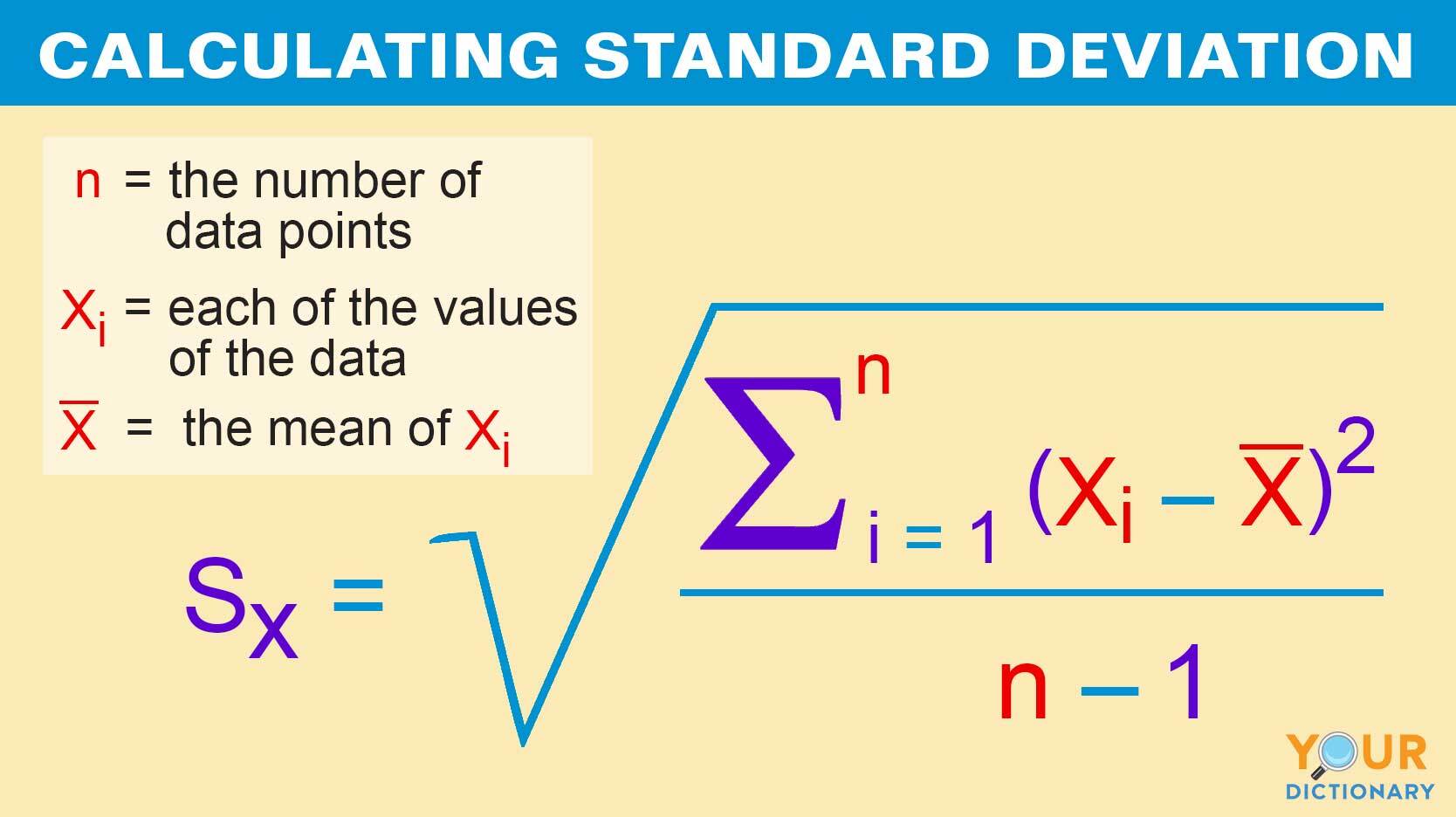Standard Deviation Formula - I am using excel 2013 and i am trying to write some sort of standard deviation if formula. The concept is the same as the averageif(s) function that already exists in excel. I am using excel from microsoft office 2008 on my mac and i can't figure out how to do the relative standard deviation formula (rsd). I do not want #n/a considered, as this errors out the. I know there is a way to do it on a pc. I have a formula to ignore the #n/a when calculating the average: Is there a standard deviation formula to ignore cells with #n/a. I am trying to find the standard deviation of the quoted margin column with just the 0s in the custom column considered.
I am using excel 2013 and i am trying to write some sort of standard deviation if formula. I am using excel from microsoft office 2008 on my mac and i can't figure out how to do the relative standard deviation formula (rsd). I am trying to find the standard deviation of the quoted margin column with just the 0s in the custom column considered. I have a formula to ignore the #n/a when calculating the average: The concept is the same as the averageif(s) function that already exists in excel. Is there a standard deviation formula to ignore cells with #n/a. I do not want #n/a considered, as this errors out the. I know there is a way to do it on a pc.
I am using excel from microsoft office 2008 on my mac and i can't figure out how to do the relative standard deviation formula (rsd). The concept is the same as the averageif(s) function that already exists in excel. I do not want #n/a considered, as this errors out the. Is there a standard deviation formula to ignore cells with #n/a. I am trying to find the standard deviation of the quoted margin column with just the 0s in the custom column considered. I know there is a way to do it on a pc. I am using excel 2013 and i am trying to write some sort of standard deviation if formula. I have a formula to ignore the #n/a when calculating the average:
What Is Sample Standard Deviation Formula? Examples
Is there a standard deviation formula to ignore cells with #n/a. The concept is the same as the averageif(s) function that already exists in excel. I am using excel 2013 and i am trying to write some sort of standard deviation if formula. I am trying to find the standard deviation of the quoted margin column with just the 0s.
Standard Deviation (Formula and Calculation Steps)
I have a formula to ignore the #n/a when calculating the average: I am using excel 2013 and i am trying to write some sort of standard deviation if formula. I am using excel from microsoft office 2008 on my mac and i can't figure out how to do the relative standard deviation formula (rsd). The concept is the same.
How to Calculate Standard Deviation 12 Steps (with Pictures)
I have a formula to ignore the #n/a when calculating the average: I know there is a way to do it on a pc. The concept is the same as the averageif(s) function that already exists in excel. I do not want #n/a considered, as this errors out the. Is there a standard deviation formula to ignore cells with #n/a.
PPT Introduction to Statistics PowerPoint Presentation ID274561
I am trying to find the standard deviation of the quoted margin column with just the 0s in the custom column considered. I am using excel 2013 and i am trying to write some sort of standard deviation if formula. I know there is a way to do it on a pc. I am using excel from microsoft office 2008.
How to Calculate a Sample Standard Deviation
I do not want #n/a considered, as this errors out the. I am using excel 2013 and i am trying to write some sort of standard deviation if formula. I am trying to find the standard deviation of the quoted margin column with just the 0s in the custom column considered. I am using excel from microsoft office 2008 on.
Sample Standard Deviation Formula Calculation with Excel Template
I know there is a way to do it on a pc. I am trying to find the standard deviation of the quoted margin column with just the 0s in the custom column considered. I am using excel from microsoft office 2008 on my mac and i can't figure out how to do the relative standard deviation formula (rsd). I.
Standard Deviation Formula and Uses vs. Variance
I am using excel 2013 and i am trying to write some sort of standard deviation if formula. I am using excel from microsoft office 2008 on my mac and i can't figure out how to do the relative standard deviation formula (rsd). I know there is a way to do it on a pc. I have a formula to.
Standard Deviation What Are The Mean And Standard Deviation Of 15 9
Is there a standard deviation formula to ignore cells with #n/a. I do not want #n/a considered, as this errors out the. I am using excel from microsoft office 2008 on my mac and i can't figure out how to do the relative standard deviation formula (rsd). I have a formula to ignore the #n/a when calculating the average: I.
How to Use Standard Deviation Formula For Equations (Statistics Help
Is there a standard deviation formula to ignore cells with #n/a. I am using excel 2013 and i am trying to write some sort of standard deviation if formula. I do not want #n/a considered, as this errors out the. I am using excel from microsoft office 2008 on my mac and i can't figure out how to do the.
Examples of Standard Deviation and How It’s Used
I have a formula to ignore the #n/a when calculating the average: Is there a standard deviation formula to ignore cells with #n/a. I know there is a way to do it on a pc. The concept is the same as the averageif(s) function that already exists in excel. I am using excel 2013 and i am trying to write.
I Am Using Excel 2013 And I Am Trying To Write Some Sort Of Standard Deviation If Formula.
Is there a standard deviation formula to ignore cells with #n/a. I am using excel from microsoft office 2008 on my mac and i can't figure out how to do the relative standard deviation formula (rsd). I am trying to find the standard deviation of the quoted margin column with just the 0s in the custom column considered. I know there is a way to do it on a pc.
I Do Not Want #N/A Considered, As This Errors Out The.
The concept is the same as the averageif(s) function that already exists in excel. I have a formula to ignore the #n/a when calculating the average:
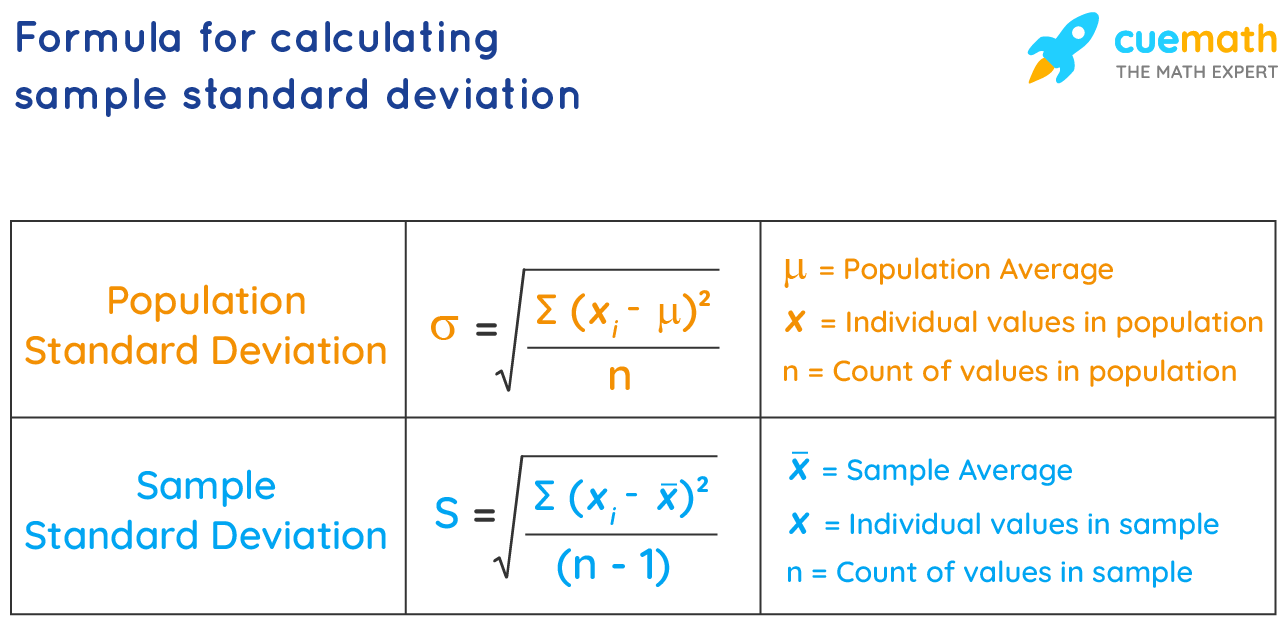
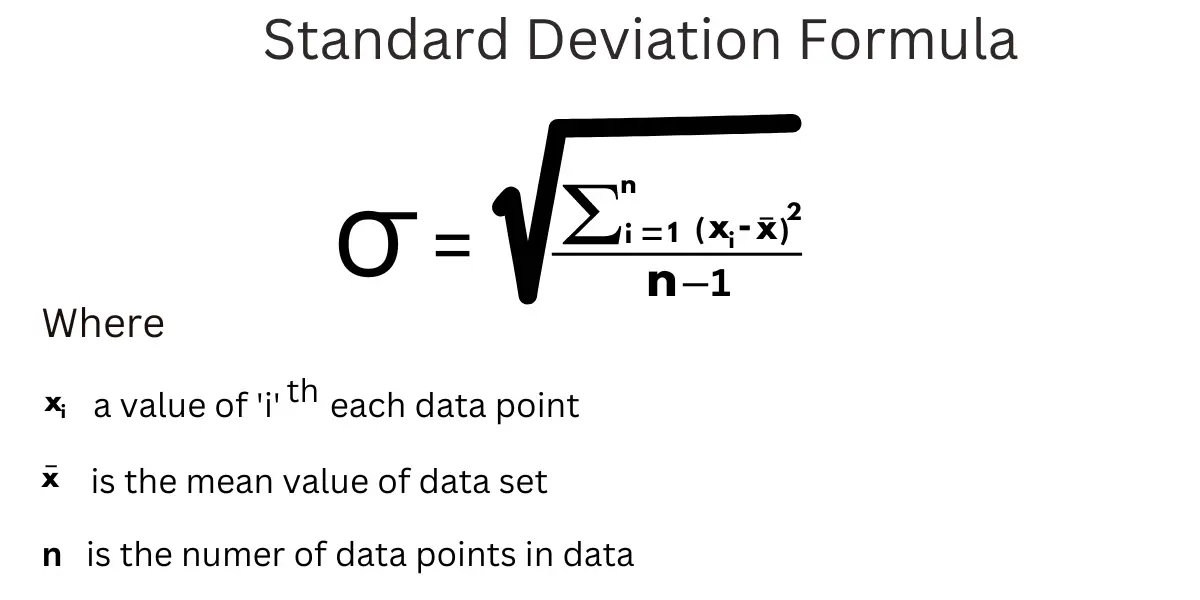

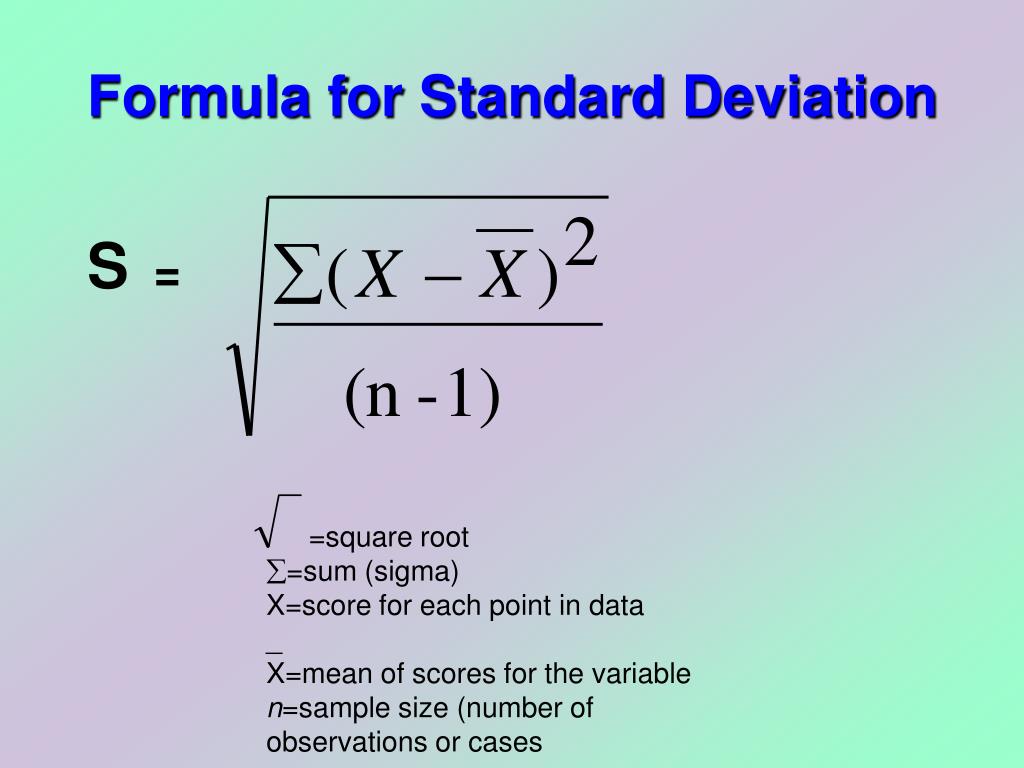
/calculate-a-sample-standard-deviation-3126345-v4-CS-01-5b76f58f46e0fb0050bb4ab2.png)
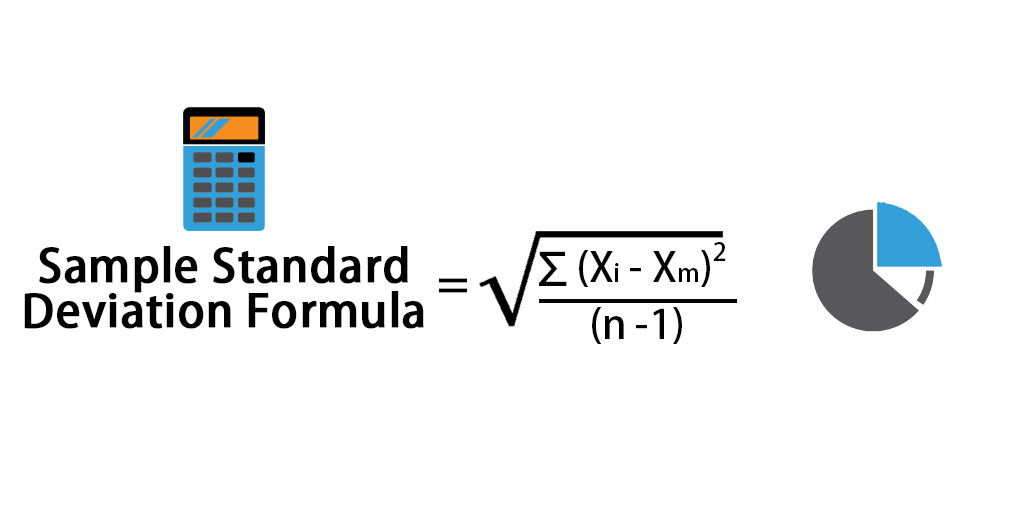
:max_bytes(150000):strip_icc()/Standard-Deviation-ADD-SOURCE-e838b9dcfb89406e836ccad58278f4cd.jpg)
